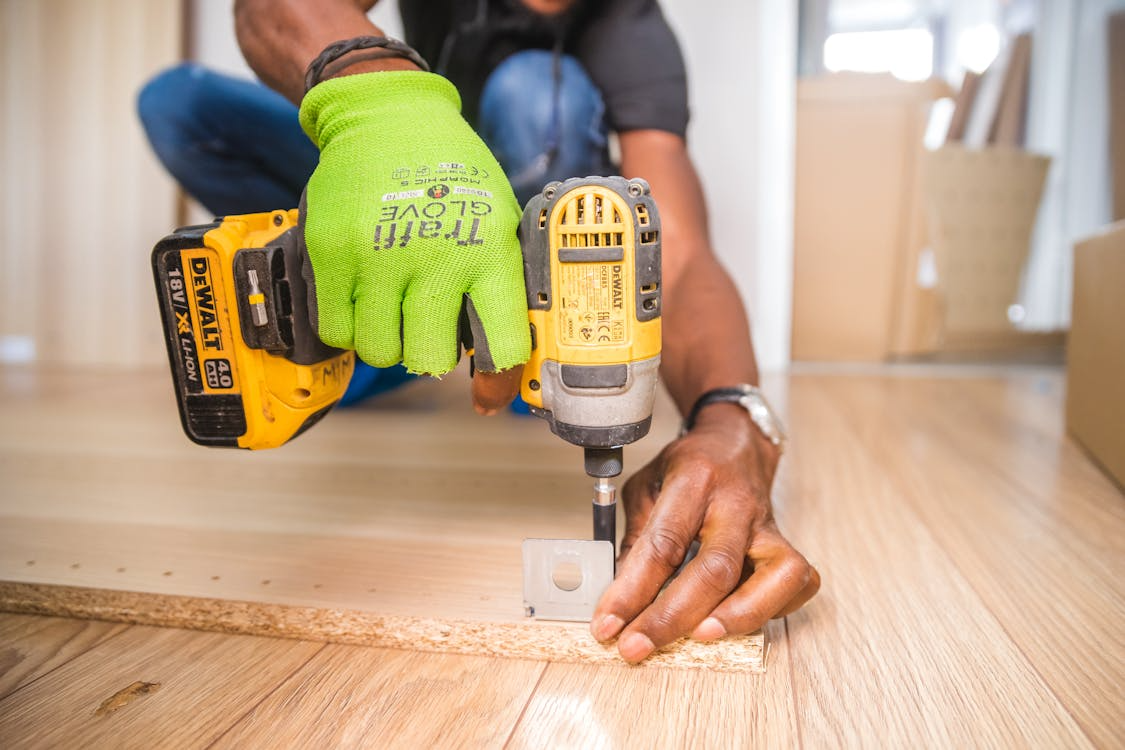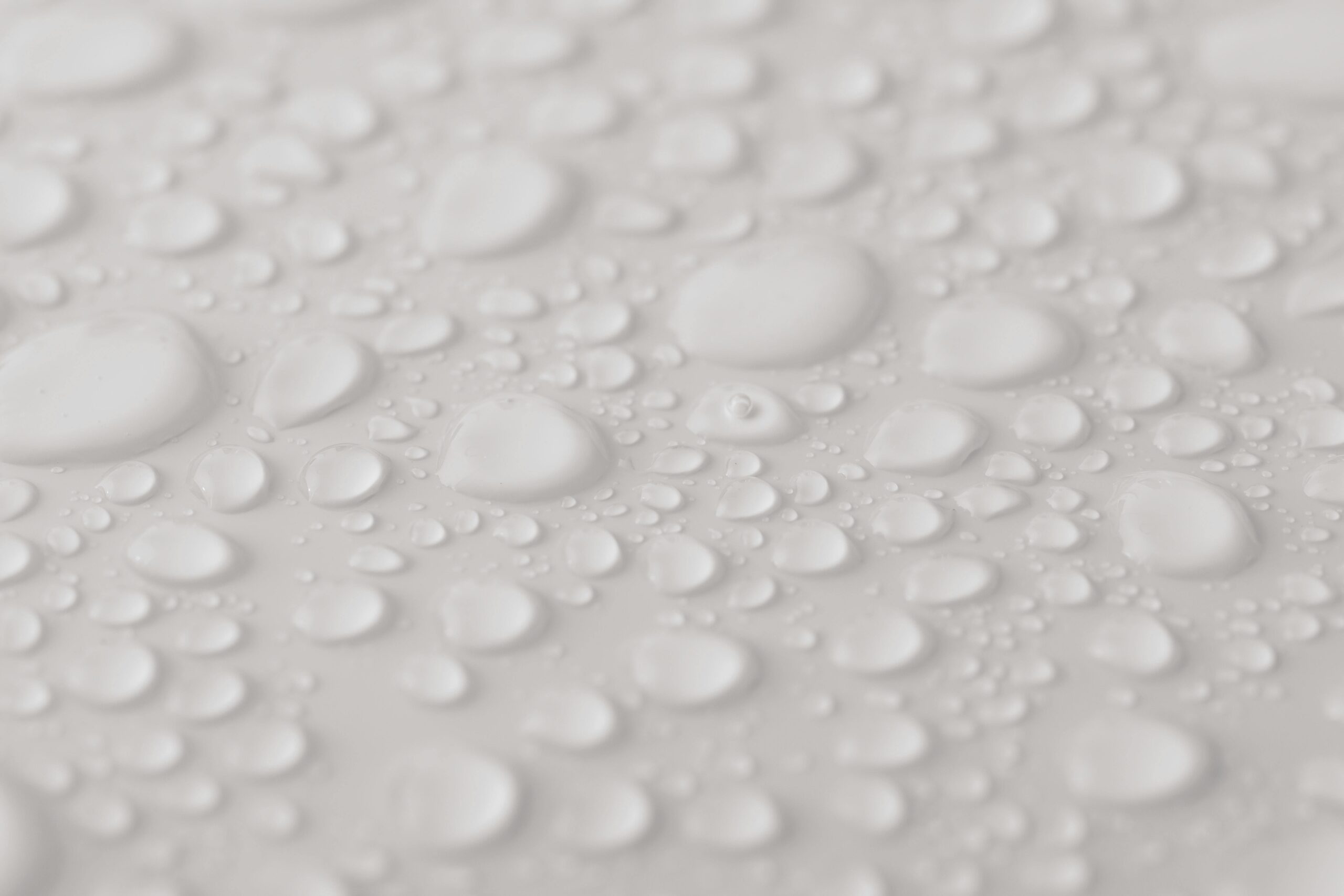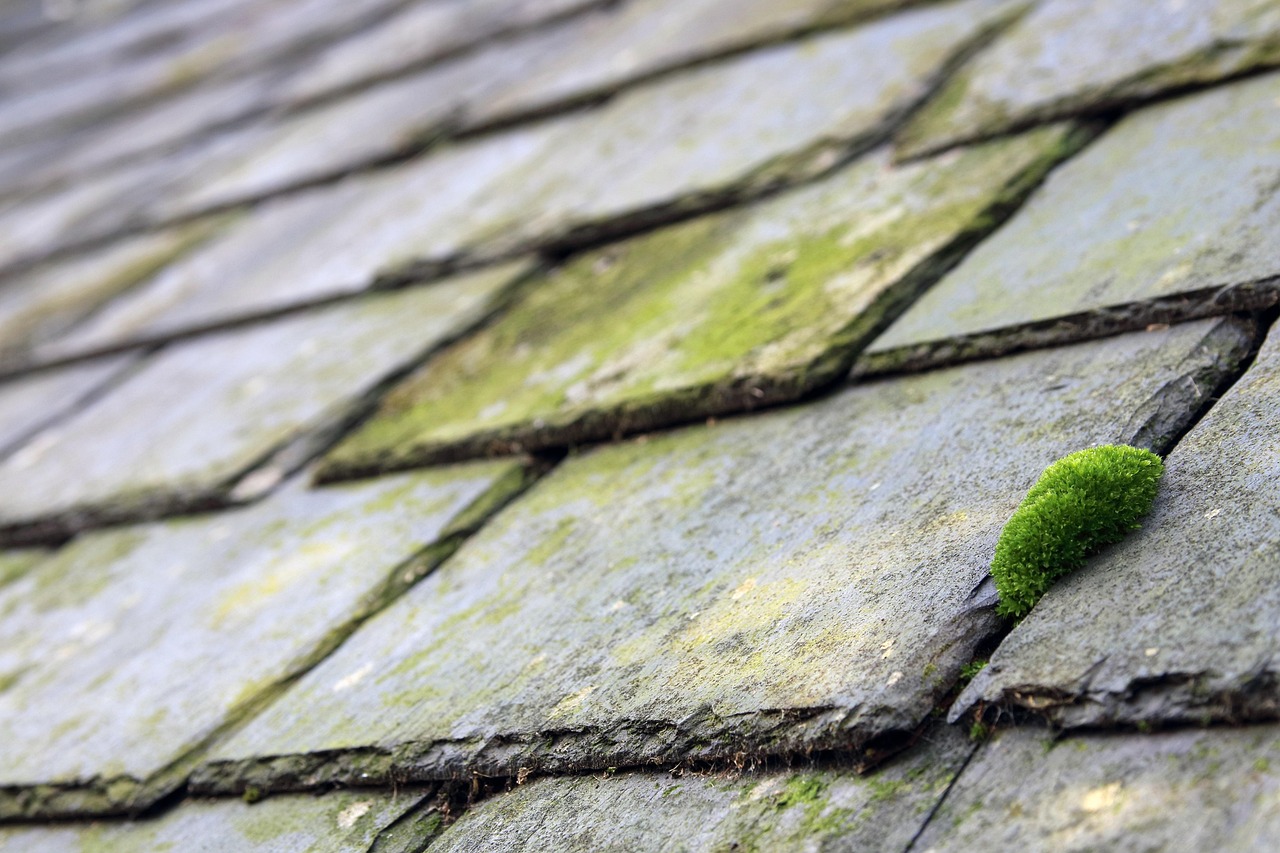How to Build DIY Drawer Dividers? Drawer dividers are a great solution for anyone looking to organize cluttered spaces and keep things neat. Whether it’s for your kitchen utensils, office supplies, makeup, or craft materials, customized drawer dividers can transform a messy drawer into an orderly system. In this article, we’ll guide you through building your own DIY drawer dividers with easy-to-follow steps and provide tips to help you achieve the perfect fit for your needs.
Contents
ToggleWhy Build Your Own Drawer Dividers?
Before diving into the how-to, let’s explore the benefits of making your own drawer dividers:
- Customization: Store-bought drawer dividers are often limited in size and design. Creating your own allows for a perfect fit and design tailored to your specific needs and drawer dimensions.
- Cost-Effective: DIY drawer dividers are budget-friendly, especially when you use repurposed or affordable materials like cardboard or wood.
- Creative Expression: You can match the style and color of your dividers to your home decor. You can paint, stain, or wrap them in decorative paper.
- Sustainability: Building your own dividers allows you to recycle old materials and reduce waste.
Now that you know why DIY drawer dividers are a great idea, let’s jump into the materials and process.
Materials and Tools Needed
To build your DIY drawer dividers, you’ll need the following materials and tools:
- Materials:
- Wood, MDF, or Plywood: Common choices for sturdy dividers.
- Cardboard or Foam Board: An economical and easy-to-cut alternative.
- Ruler or Measuring Tape: To ensure precise measurements.
- Wood Glue or Adhesive: For securing joints.
- Sandpaper: To smooth the edges of wood dividers.
- Paint, Stain, or Decorative Paper (optional): For personalizing your dividers.
- Tools:
- Saw or Utility Knife: Depending on your material, you’ll need a tool for cutting pieces to size.
- Pencil: For marking measurements.
- Clamps (optional): Useful for holding pieces together while glue dries.
Step-by-Step Guide to Building DIY Drawer Dividers
Step 1: Measure Your Drawer
The first step is to accurately measure the inside dimensions of the drawer you’ll be organizing. Use a ruler or measuring tape to get the drawer’s length, width, and height. Write down these measurements so you can plan the size of your dividers.
Consider the items you’ll be organizing when planning your layout. For example, kitchen utensils might need sections of varying sizes, while a drawer for office supplies might require equal compartments. Sketch out a rough design of how you want the dividers arranged.
Step 2: Select Your Material
Choose the material based on your needs, aesthetic preferences, and skill level. Here’s a breakdown:
- Wood or MDF: Ideal if you want durable dividers with a polished look. They can be painted, stained, or left natural.
- Cardboard or Foam Board: Lightweight and easy to cut, these materials are perfect for quick and temporary dividers. You can also cover them with decorative paper for a stylish finish.
Step 3: Cut the Divider Pieces
Once you’ve finalized your design, it’s time to cut your pieces to size. Measure and mark your material based on your drawer’s dimensions and your layout plan.
- For wood or MDF, use a saw (a table saw works best for precise cuts). For cardboard or foam board, a utility knife will suffice.
- Be sure to cut each piece slightly shorter than the drawer’s height so the dividers don’t stick out when the drawer is closed.
Tip: If you’re making a grid-style divider, you’ll need to cut notches in the pieces so they interlock. This creates a sturdy structure without the need for glue.
Step 4: Sand and Finish the Pieces (For Wooden Dividers)
If you’re using wood or MDF, sand the edges to smooth out any rough spots. You can also paint, stain, or varnish the pieces to match your drawer or home decor.
For a more decorative look, you could decoupage the dividers with patterned paper or fabric, or even add a stencil design.
Step 5: Assemble the Dividers
Now it’s time to put everything together. Arrange your divider pieces inside the drawer according to your design. If you’re using a grid layout, interlock the pieces by sliding the notches into each other.
For wood dividers, you can secure the joints with wood glue. Apply the glue sparingly, using clamps to hold the pieces in place until the glue dries. If you’re working with cardboard or foam board, glue or tape the pieces together where they intersect.
Tip: For drawers with heavy items, consider reinforcing the dividers with corner brackets or small nails.
Step 6: Test the Fit and Adjust
Once your dividers are assembled, place them in the drawer and check the fit. Make sure everything sits flush, and adjust as needed. If the dividers are too snug, you can trim them down slightly.
If you find gaps or spaces, you can fill them with extra pieces of material or a bit of foam to keep the dividers in place.
Step 7: Organize Your Drawer
With your DIY dividers in place, it’s time to load up your drawer! Arrange your items within the compartments you’ve created. Take the opportunity to declutter and only keep items that you actually use.
Step 8: Add Finishing Touches
If you’re feeling extra creative, you can add labels to each compartment or use drawer liner paper to give your drawer a polished, cohesive look.
Tips and Tricks for Building Drawer Dividers
- Precision is Key: Take your time measuring and cutting the pieces accurately. Even small errors can result in a poor fit.
- Repurpose Materials: Use scrap wood, cardboard from old boxes, or leftover foam board for an eco-friendly project.
- Experiment with Configurations: Your first layout design doesn’t have to be final. Before securing the dividers, try different arrangements to see what works best for your needs.
- Consider Modular Designs: If your drawer’s contents frequently change, consider making modular dividers that can be rearranged as needed.
- Use a Drawer Liner: Placing a non-slip drawer liner under the dividers can help keep everything in place and prevent sliding.
Common Mistakes to Avoid
- Inaccurate Measurements: Double-check all measurements before cutting. An incorrectly sized piece can throw off the entire layout.
- Over-Complicating the Design: It’s easy to get carried away with elaborate designs. Start simple, especially if this is your first DIY project.
- Forgetting to Account for Drawer Runners: Some drawers have runners that reduce the usable space. Be sure to measure within the actual usable area.
Conclusion
Building DIY drawer dividers is a satisfying and practical project that anyone can tackle, even with minimal woodworking skills. With the right materials, tools, and a bit of patience, you can transform any chaotic drawer into an organized space that makes it easier to find what you need. Whether it’s in the kitchen, bathroom, or office, your homemade dividers will help maintain order and bring a touch of customization to your home. Happy crafting!














